44 which label or labels indicate(s) the antigen binding site?
A&P2 Lab 13 HW, A&P2 Lab 12 HW, A&P2 Lab 11 HW, A&P2 Lab 10 ... - Quizlet the structure labeled A Identify the structure at the end of the arrow. prostate gland During filtration, anything that is small enough to pass through all three layers of the filtration membrane will become part of the filtrate. Sometimes, the least porous layer of this membrane becomes clogged and then glomerulonephritis may occur. Methods for Radiolabelling of Monoclonal Antibodies - SpringerLink Add 500 μl of the labelled antibody solution with the lowest concentration to cell culture dishes (triplicate samples plus an unspecific binding control sample) and mark dishes. 13. Take one standard sample (500 μl) to a test tube and mark tube. 14. Repeat these two ( steps 12 and 13) steps for every concentration.
anatomy ll lab 2 Flashcards | Quizlet Which label or labels indicate(s) the antigen binding site? the two sites labeled with the letter A Which class of antibody forms a five-antibody starburst? IgM Which of the labels on the image sits closest to the boundary between the upper and lower respiratory system? A

Which label or labels indicate(s) the antigen binding site?
Antigens are found naturally on a particle examples - Course Hero Capture antibody is first attached to a solid phase 2. Unknown patient antigen (usually serum) is then allowed to react with the antibody 3. After washing to remove unbound antigen, a second antibody with a label is added to the reaction How is a labeled analyte detected? By measuring radioactivity in RIA molecule (radioimmunoassay) Fluorescent Labeling of Antibody Fragments Using Split GFP Abstract. Antibody fragments are easily isolated from in vitro selection systems, such as phage and yeast display. Lacking the Fc portion of the antibody, they are usually labeled using small peptide tags recognized by antibodies. In this paper we present an efficient method to fluorescently label single chain Fvs (scFvs) using the split green ... Antibody Structure - University of Arizona An antigenic determinant, a site on the antigen that the immune system responds to by making antibody, can frequently be one unique structure on the antigen. In hen egg white lysozyme, a glutamine at position 121 (Gln 121) protrudes away from the antigen surface. In this view, Gln 121 is circled. The antibody is not shown.
Which label or labels indicate(s) the antigen binding site?. M A&P Introduction to Lymphatic System and Immunity Label the cause of infection and some structures involved in fighting the infection. After the proteins are separated by electrophoresis, the _____. ... Which label or labels indicate(s) the antigen binding site? the two sites labeled with the letter A. Steps in antigen presentation include which of these? Immunolabeling | Thermo Fisher Scientific - US For direct immunofluorescence, the antibody binding the epitope is labeled with fluorophores (green). For indirect or secondary detection, the primary antibody binds the epitope and a fluorophore-labeled secondary antibody (purple) that has specificity for the primary antibody binds to it. Direct immunofluorescence Why Site-Specific — AlphaThera Site-specific antibody labeling ensures that the label does not interfere with antigen binding. This becomes particularly important when attaching large biomolecules to the antibody (e.g. enzymes), which can sterically prevent antigen binding. Site-specific labeling also ensures the proper orientation of immobilized antibodies. Immunoassay of total prostate-specific antigen using europium(III ... In two-site immunoassays, europium (III) chelate-labeled SA is typically utilized for the binding of biotinylated antibodies and signal generation. The indirect labeling of SA with europium (III) chelate-labeled BSA-polypeptide (Glu:Lys) conjugate has enabled further improvements in assay sensitivity.
M A&P Introduction to Lymphatic System and Immunity - Quizlet Label the cause of infection and some structures involved in fighting the infection. After the proteins are separated by electrophoresis, the _____. ... Which label or labels indicate(s) the antigen binding site? the two sites labeled with the letter A. Steps in antigen presentation include which of these? anatomy ll lab 2 Flashcards | Quizlet Immunoassay Methods - Assay Guidance Manual - NCBI Bookshelf The critical steps in setting up a screen are as follows: 1. Develop a validated immunoassay as described above. 2. Acquire antibody, antigen/calibrator, label and buffer reagents in quantities needed for HTS. 3. Establish liquid handling and automation procedures for screening and immunoassay methods. 4. A&P2 Lab 10 HW Flashcards | Quizlet an antigenic determinant. What type of immunity can be transferred by bodily fluids from one person to another, thus conferring immunity to the recipient? humoral immunity. If a virus attacks a cell, which type of immunity would be activated? cell-mediated immunity (cellular immunity) Cancer cells would be attacked by which of the following cells?
Part a drag the labels onto the diagram to identify - Course Hero HelpReset the two sites labeled with the letter A the single location labeled B the two sites labeled C the two sites labeled D Heavy chain Antigen biding site Variable segment Light chain Constant segments of light and heavy chains Complement binding site Site of binding to macrophages Exam 2 Lab Flashcards | Chegg.com Which label or labels indicate (s) the antigen binding sight? The two sides labeled D The two sides labeled A The single location labeled B The two sites labeled C A What defense mechanism is shown in the images above? Complement Pyrogen Interferon Perforin Complement What defense mechanism is shown in this image? Structure of Antibody (With Diagram) | Organisms - Biology This variable region, composed of 110-130 amino acids, gives the antibody its specificity for binding antigen. ADVERTISEMENTS: Antibodies are of five classes - IgG, IgA, IgM, IgD and IgE. Ig stands for immunoglobulins. IgG constitutes to about 75% of the total antibodies. IgE is involved in allergy and IgM is formed during the primary response. Learning context-aware structural representations to … Apr 22, 2020 · Prediction of antibody–antigen binding interfaces can be seen as a special case of predicting protein–protein binding interfaces. ... The objective is to assign a label, either interface (positive class) or non-interface ... An inverse logit function transforms each node’s output y i to indicate the probability of belonging to the ...
Why Site-Specific — AlphaThera Site-specific antibody labeling ensures that the label does not interfere with antigen binding. This becomes particularly important when attaching large biomolecules to the antibody (e.g. enzymes), which can sterically prevent antigen binding. Site-specific labeling also ensures the proper orientation of immobilized antibodies.
Antibody Structure - University of Arizona An antigenic determinant, a site on the antigen that the immune system responds to by making antibody, can frequently be one unique structure on the antigen. In hen egg white lysozyme, a glutamine at position 121 (Gln 121) protrudes away from the antigen surface. In this view, Gln 121 is circled. The antibody is not shown.
HW 29.docx - Best of Home Work (Exercise 29: Blood) Drag... - Course Hero Label the red blood cells with the correct antigen (s). Left to right… a antigen, b antigen, a & b, none Left to right … a antigen , b antigen , a & b , none Antibodies are proteins that have a lock-and-key recognition for their antigen established by the antigen-binding site on the antibody.
Structure of Antibody (With Diagram) | Organisms - Biology They have molecular weight between 160,000 and 9, 70, 000. An antibody molecule is shaped like the letter ‘Y’ and has two identical antigen binding sites that precisely fit the shape of a particular antigen (Fig. 7). Structurally it is made of two heavy chains and two light chains.
PDF Secondary - Novus Bio One antigen binding site Reduce non-specific binding between Fc receptors and the Fc portion of the antibody. Fragment antibodies penetrate tissue better than whole antibodies due to their smaller size. This may enhance staining in IHC. F(ab') 2 Two arms of the antibody Divalent: Two antigen binding sites Reduce non-specific binding
Anatomy Labs for Exam 2 Flashcards - Quizlet Which label or labels indicate(s) the antigen binding site? The two sites labeled with the letter A. What defense mechanism is shown in the images above? Complement (group of proteins that work together, binding to antibodies and forming large holes in target cells) What defense mechanism is shown in this image? Destruction by an NK cell.
Unit Four: Lymphatic system and Immunity Flashcards In IgG, the antigen binding site is formed by. the variable segments of both the light and heavy chains. _____ is the class of antibody first secreted in response to a new antigen. IgM. ... Which label or labels indicate(s) the antigen binding site? The two sites labeled with the letter A.
Study Questions - Northern Arizona University Indicate whether each of the following statements is true or false. If you think a statement is false, explain why. ... Label each chain and the domains within it, the antigen-binding regions, and regions that have the immunoglobulin-fold structure. 5. One of the characteristic features of the MHC is the large number of different alleles at ...
Immunoassay - Wikipedia In addition to the binding of an antibody to its antigen, the other key feature of all immunoassays is a means to produce a measurable signal in response to the binding. ... Most, though not all, immunoassays involve chemically linking antibodies or antigens with some kind of detectable label. A large number of labels exist in modern ...
Antibody Types: IgM, IgA, IgD, IgG, IgE and Camelid Antibodies However, since pentameric IgM has 10 antigen binding sites, it has higher avidity (overall binding strength) for antigens than IgG and acts as an excellent activator of the complement system and ...
Multiplex label-free biosensor for detection of autoantibodies in human ... The labels may destroy the binding sites that participate in antibody-antigen interactions, on the one hand, and non-specifically interact with proteins immobilized on a surface, on the other hand (Cooper, 2009; Fan et al., 2008; Orlov et al., 2018; Seydack, 2005). The label-free techniques are not prone to the label-associated issues.
Learning context-aware structural representations to predict antigen ... Prediction of antibody-antigen binding interfaces can be seen as a special case of predicting protein-protein binding interfaces. ... The objective is to assign a label, either interface (positive class) or non-interface ... An inverse logit function transforms each node's output y i to indicate the probability of belonging to the ...
EIAs and ELISAs | Microbiology | | Course Hero A red color (from gold particles) or blue (from latex beads) developing at the test line indicates a positive test. If the color only develops at the control line, the test is negative. Like ELISA techniques, lateral flow tests take advantage of antibody sandwiches, providing sensitivity and specificity.
Exam 2 Lab Flashcards | Chegg.com Which of the labels indicate a structure through which lymph flows? D C A B. C. ... A sentinel lymph node is the first lymph node(s) to which cancer cells are most likely to spread from a primary tumor. ... Which label or labels indicate(s) the antigen binding sight? The two sides labeled D The two sides labeled A The single location labeled B ...
Conformation of peptides bound to the transporter associated with ... For resolving the structure of bound peptides and the mechanism of peptide binding, we used EPR spectroscopy in combination with site-directed spin labeling of antigenic peptides to (i) probe the spatial arrangement of the peptide-binding pocket of TAP and (ii) to elucidate the conformation of the bound peptide. Results Experimental Strategies.
Learning context-aware structural representations to predict antigen ... our framework comprises three components to leverage biological insights: (i) graph convolutions to capture the spatial relationships of the interfaces, (ii) an attention layer to enable each protein's interface predictions to account for the potential binding context provided by its partner and (iii) transfer learning to leverage the larger set …
A&P2 Lab 10 HW Flashcards | Quizlet an antigenic determinant. What type of immunity can be transferred by bodily fluids from one person to another, thus conferring immunity to the recipient? humoral immunity. If a virus attacks a cell, which type of immunity would be activated? cell-mediated immunity (cellular immunity) Cancer cells would be attacked by which of the following cells?
Abzymes: Catalytic Antibodies - UC Santa Barbara Rotate around active site complex. Label charged or partially charged centers. Labels off. For best results, push the buttons in sequence. 1. Zoom into the antigen-binding site with bound hapten. Initially, the ... The germline sequences of the heavy chain gene segments indicate that this particular asparagine residue arose as the result of ...
Overview of Protein Labeling | Thermo Fisher Scientific - US Overview of Protein Labeling. Biological research often requires the use of molecular labels that are covalently attached to a protein of interest to facilitate detection or purification of the labeled protein and/or its binding partners. Labeling strategies result in the covalent attachment of different molecules, including biotin, reporter ...
Antibody Structure - University of Arizona An antigenic determinant, a site on the antigen that the immune system responds to by making antibody, can frequently be one unique structure on the antigen. In hen egg white lysozyme, a glutamine at position 121 (Gln 121) protrudes away from the antigen surface. In this view, Gln 121 is circled. The antibody is not shown.
Fluorescent Labeling of Antibody Fragments Using Split GFP Abstract. Antibody fragments are easily isolated from in vitro selection systems, such as phage and yeast display. Lacking the Fc portion of the antibody, they are usually labeled using small peptide tags recognized by antibodies. In this paper we present an efficient method to fluorescently label single chain Fvs (scFvs) using the split green ...
Antigens are found naturally on a particle examples - Course Hero Capture antibody is first attached to a solid phase 2. Unknown patient antigen (usually serum) is then allowed to react with the antibody 3. After washing to remove unbound antigen, a second antibody with a label is added to the reaction How is a labeled analyte detected? By measuring radioactivity in RIA molecule (radioimmunoassay)
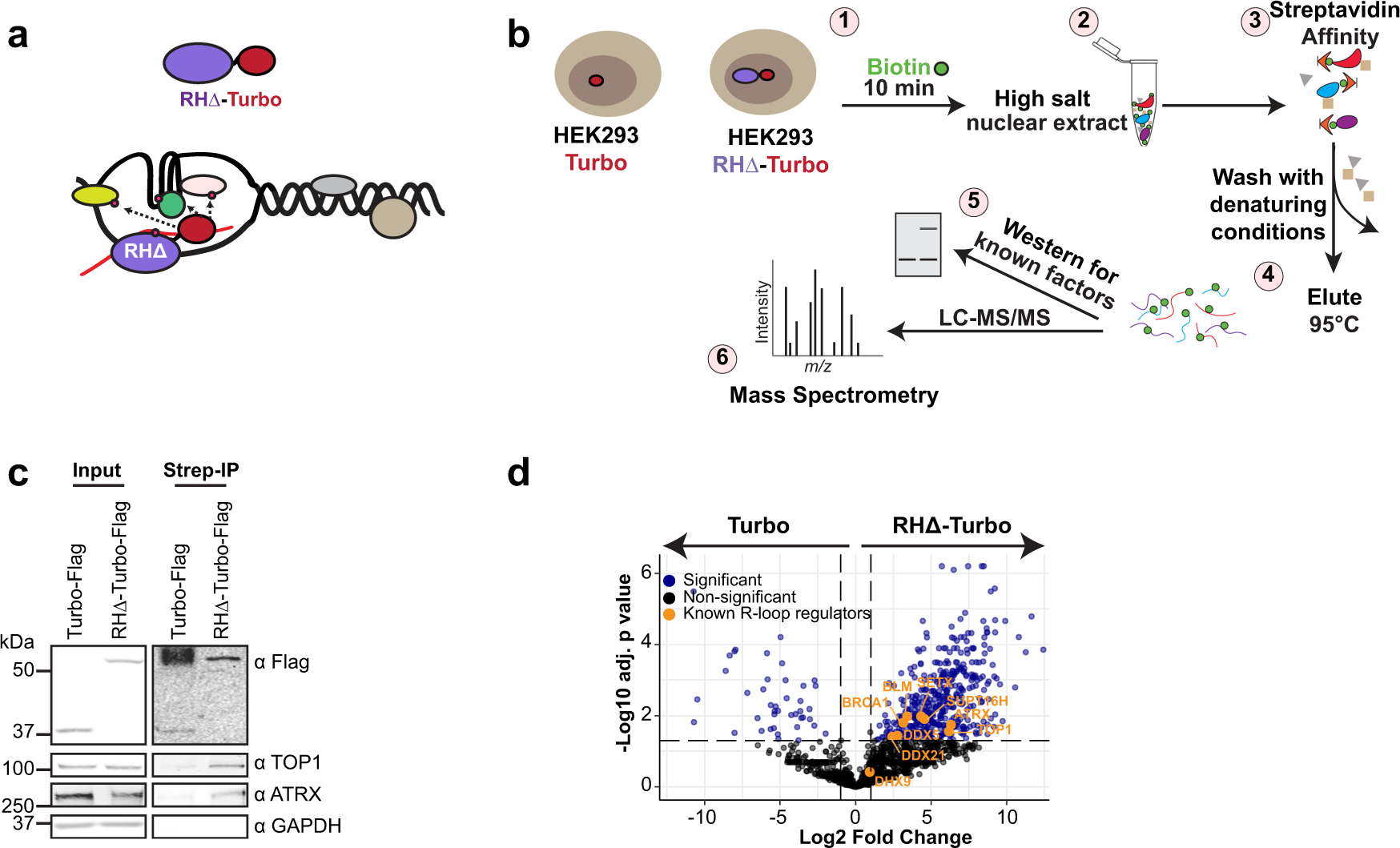
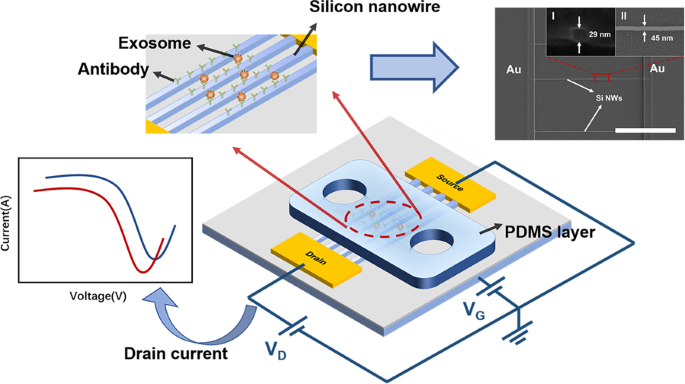

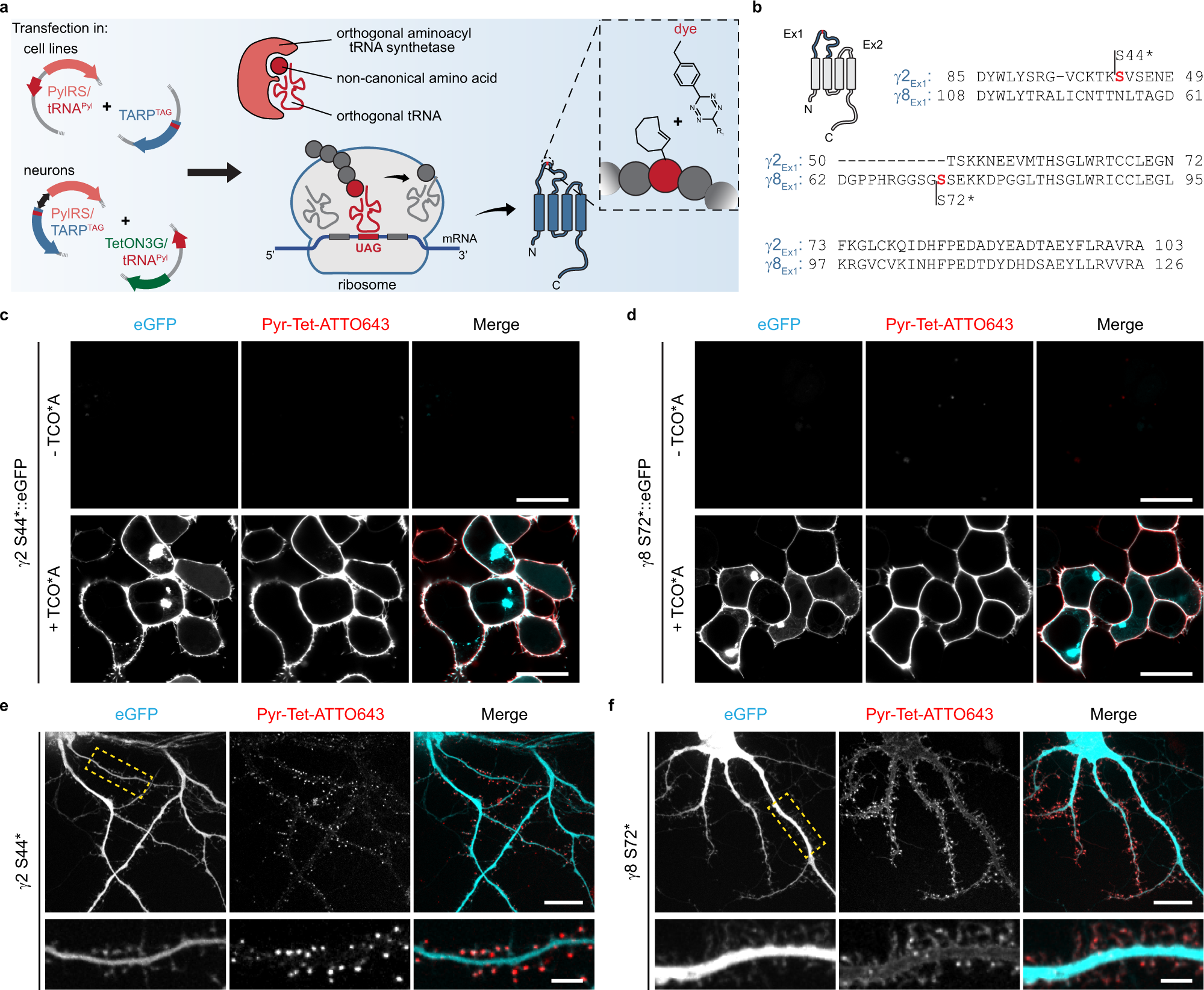


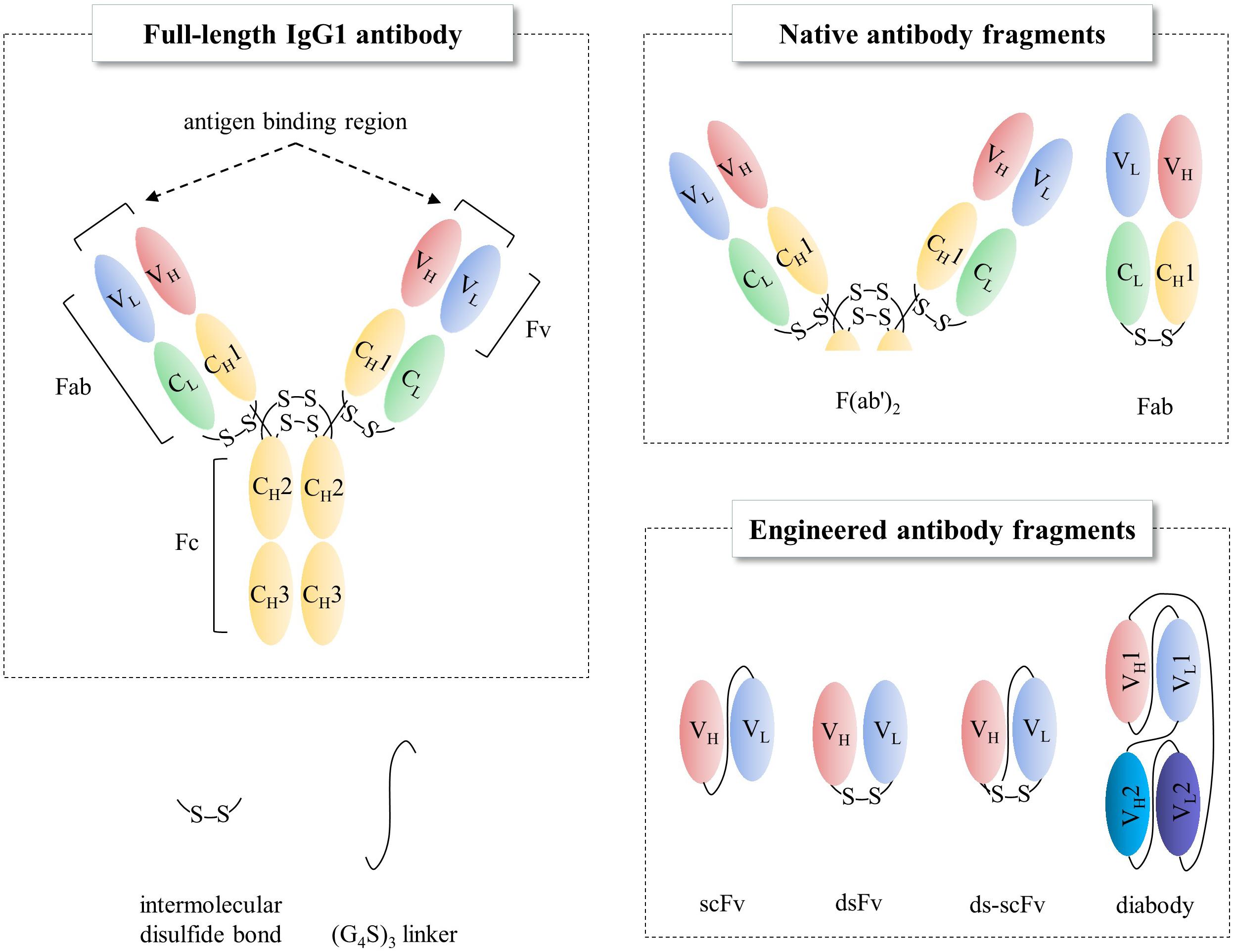
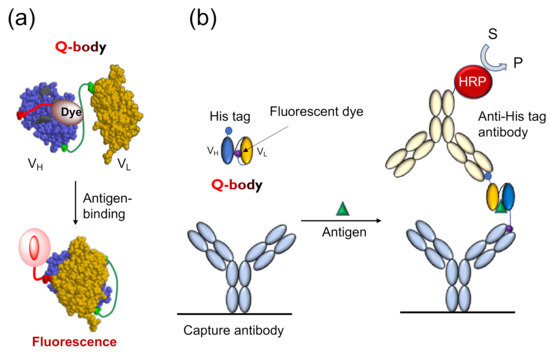




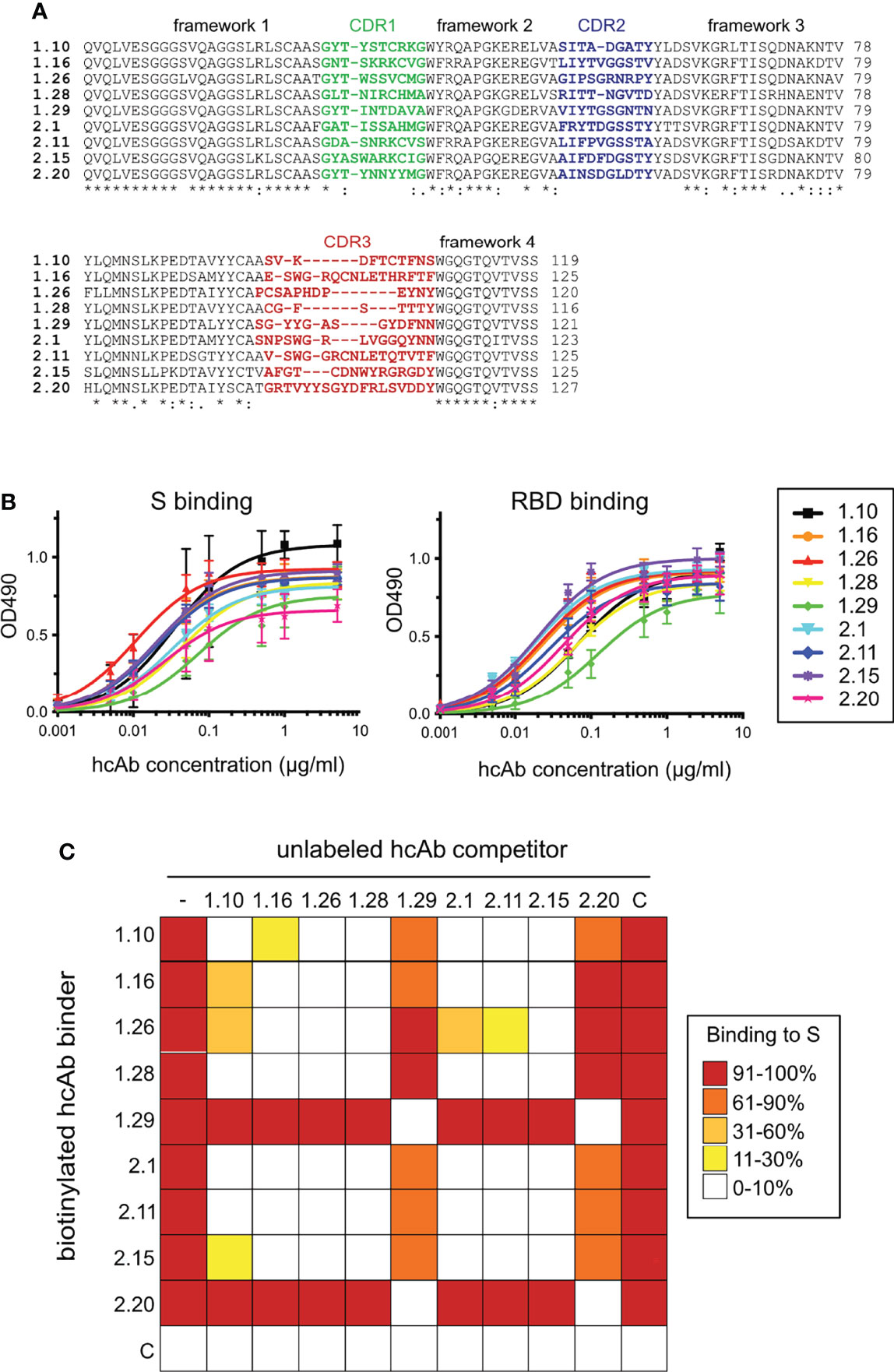
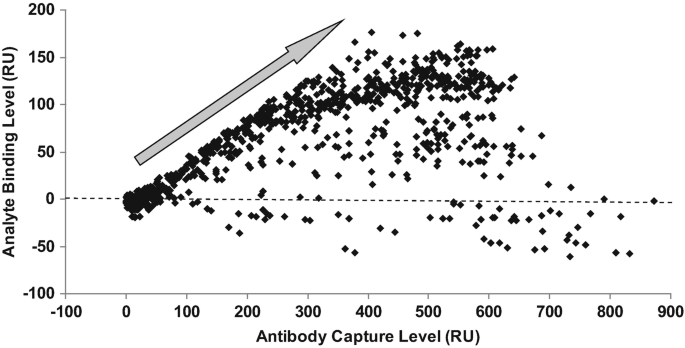








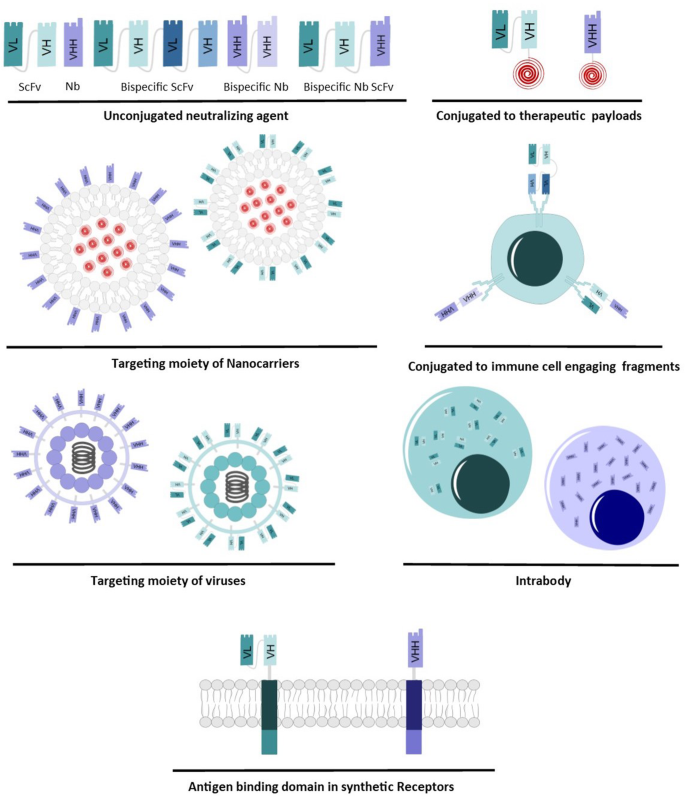
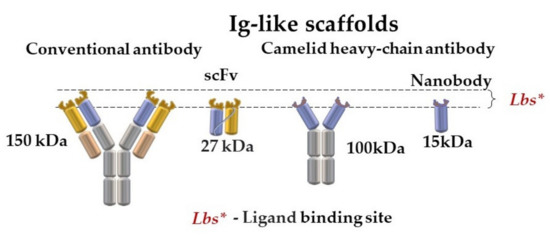




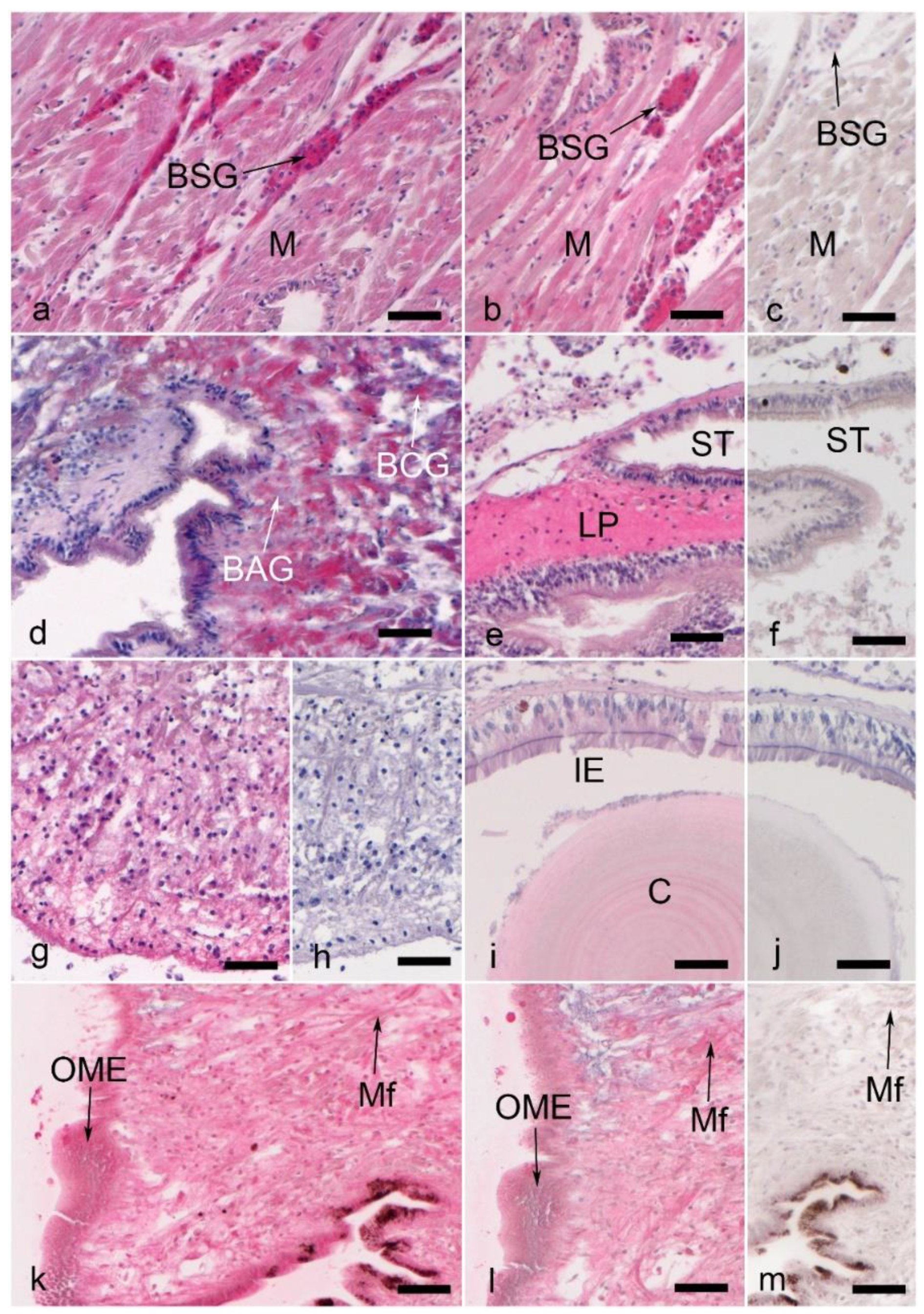
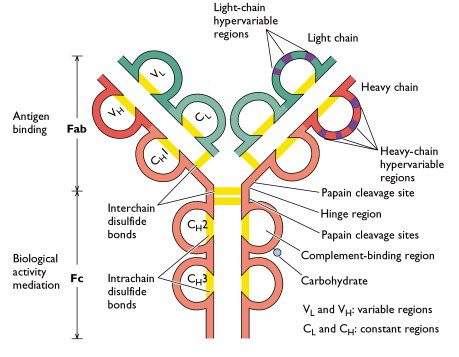
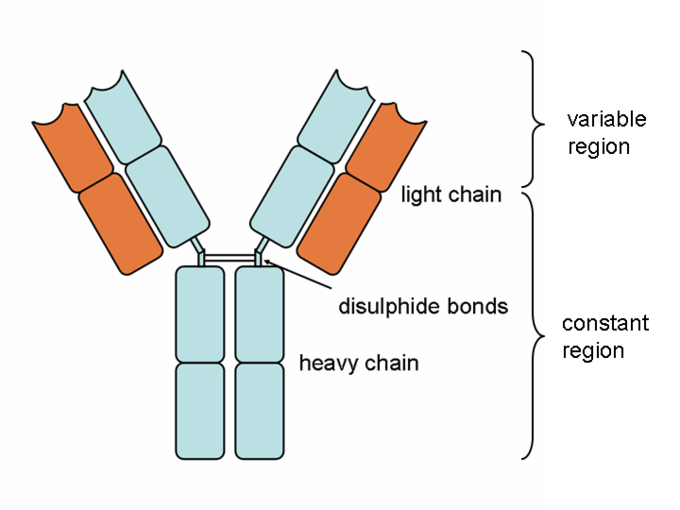









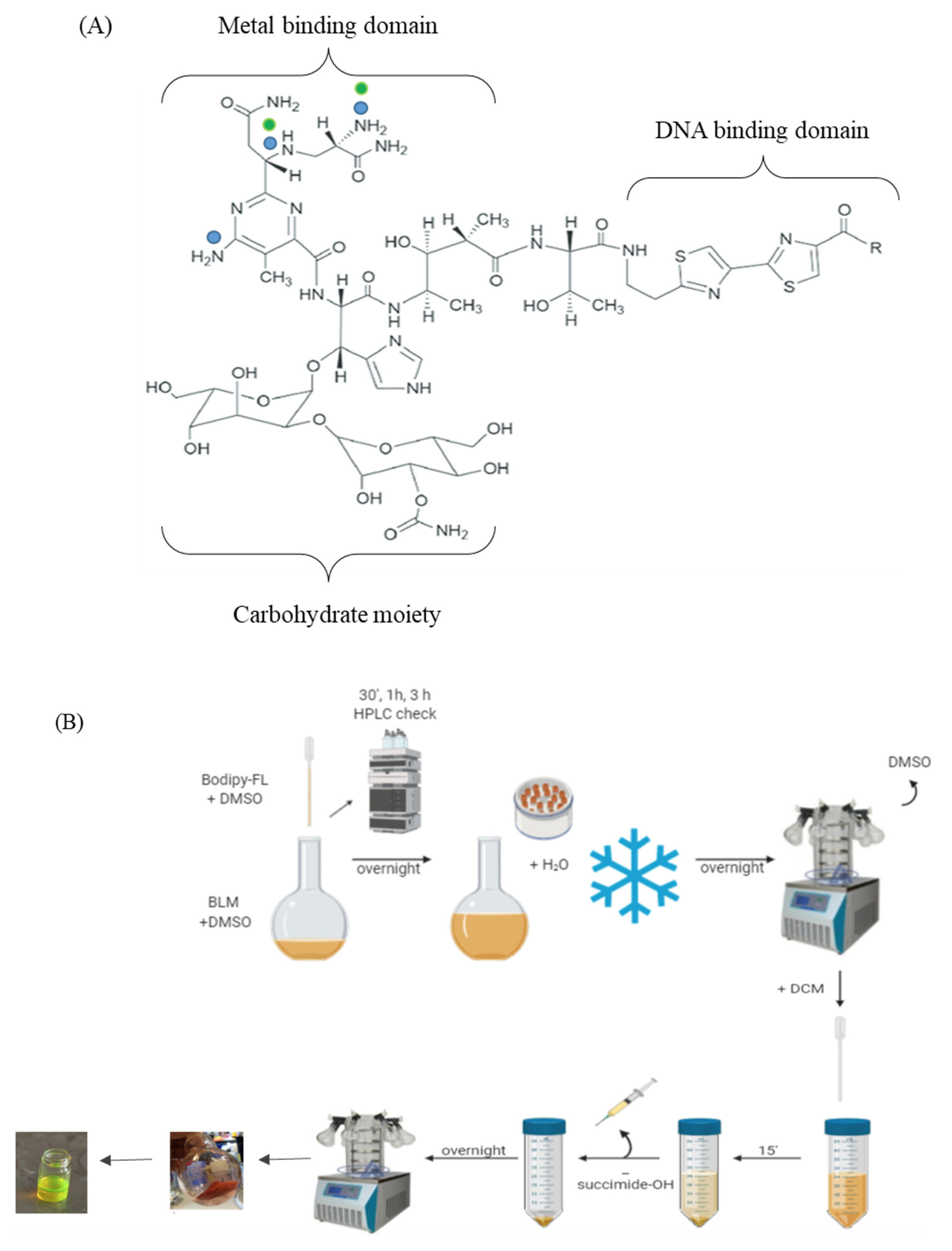

Post a Comment for "44 which label or labels indicate(s) the antigen binding site?"